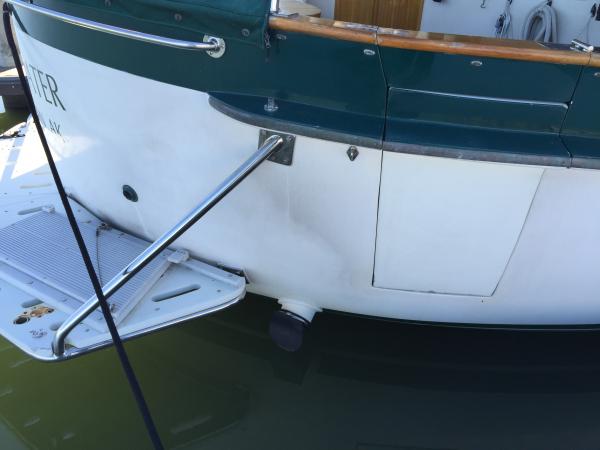Britannia
Wannabe
Thanks - I do run the engine at 1600-1800 rpm as my normal cruising range. I took it up to max RPM in response to the question asked in post #3 on this thread:Richard, your peak torque for you JD is 1800 rpm, I'd clean the stern and try running at 1800 rpm and see if it still smokes. When you run at near max rpm pushing a 54' hole in the water your going to smoke a little. Be interested to see what the speed difference would be ?
You will always get some amount of soot, but how much is too much?
The first, because it's easiest, thing to check is the propping on the boat. Look up the rated full throttle RPM for your engine, then see what they actually turn at full throttle. It should be a couple hundred RPM over, let me repeat OVER, the rated RPM.
Chances are very good that you will be below the rated RPM indicating overloading of your engine, and resulting excessive soot. The solution is to have your props repitched, which sounds much more drastic than it really is.
On your speed question I make 7.9 kt at 1800 rpm using 1.4 nmpg and make 9.4 kt at 2200 rpm using 0.9 nmpg. At 1600 rpm I'm making 7.4 kt using 2.2 nmpg (that's the max speed for going to Hawaii).
Richard

